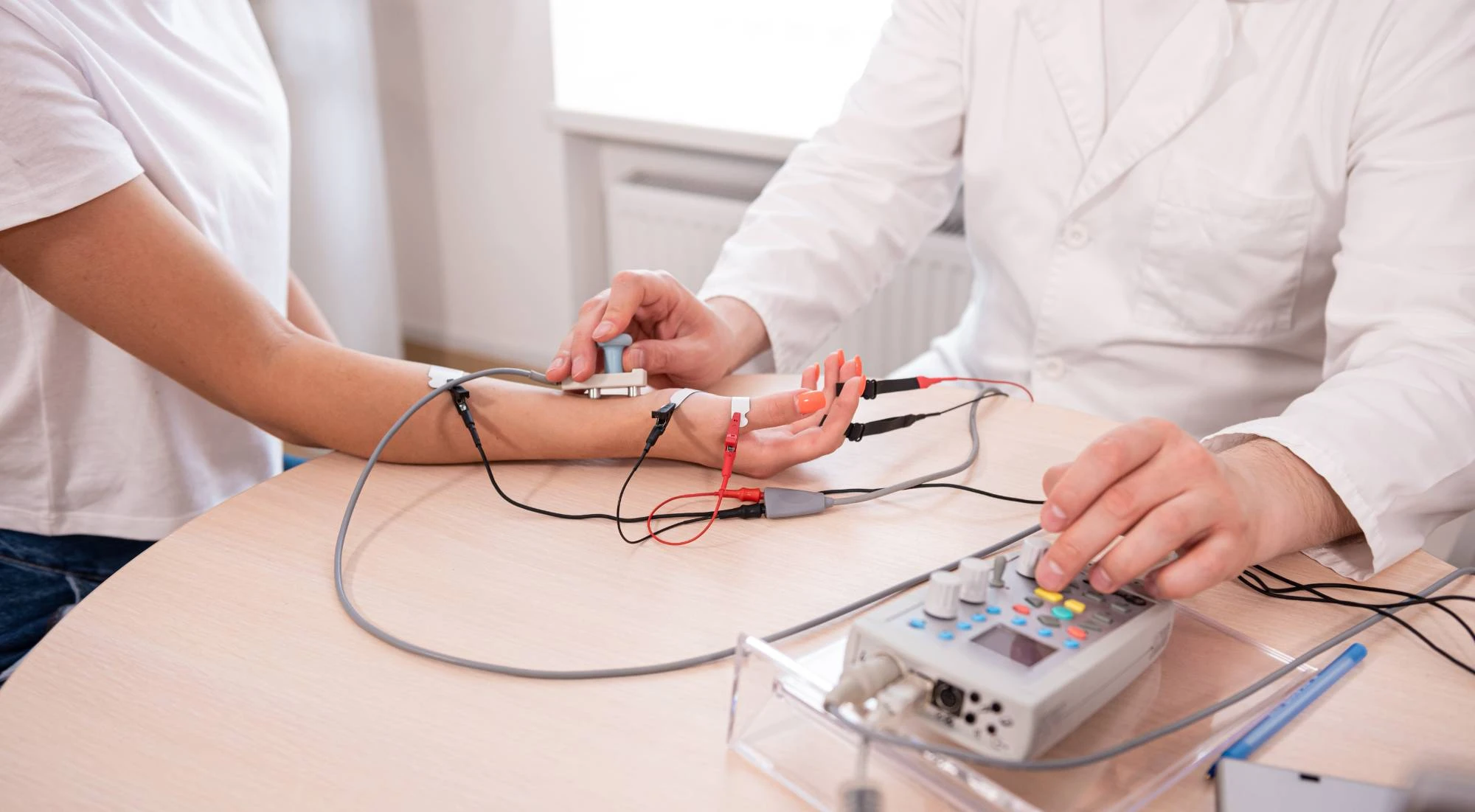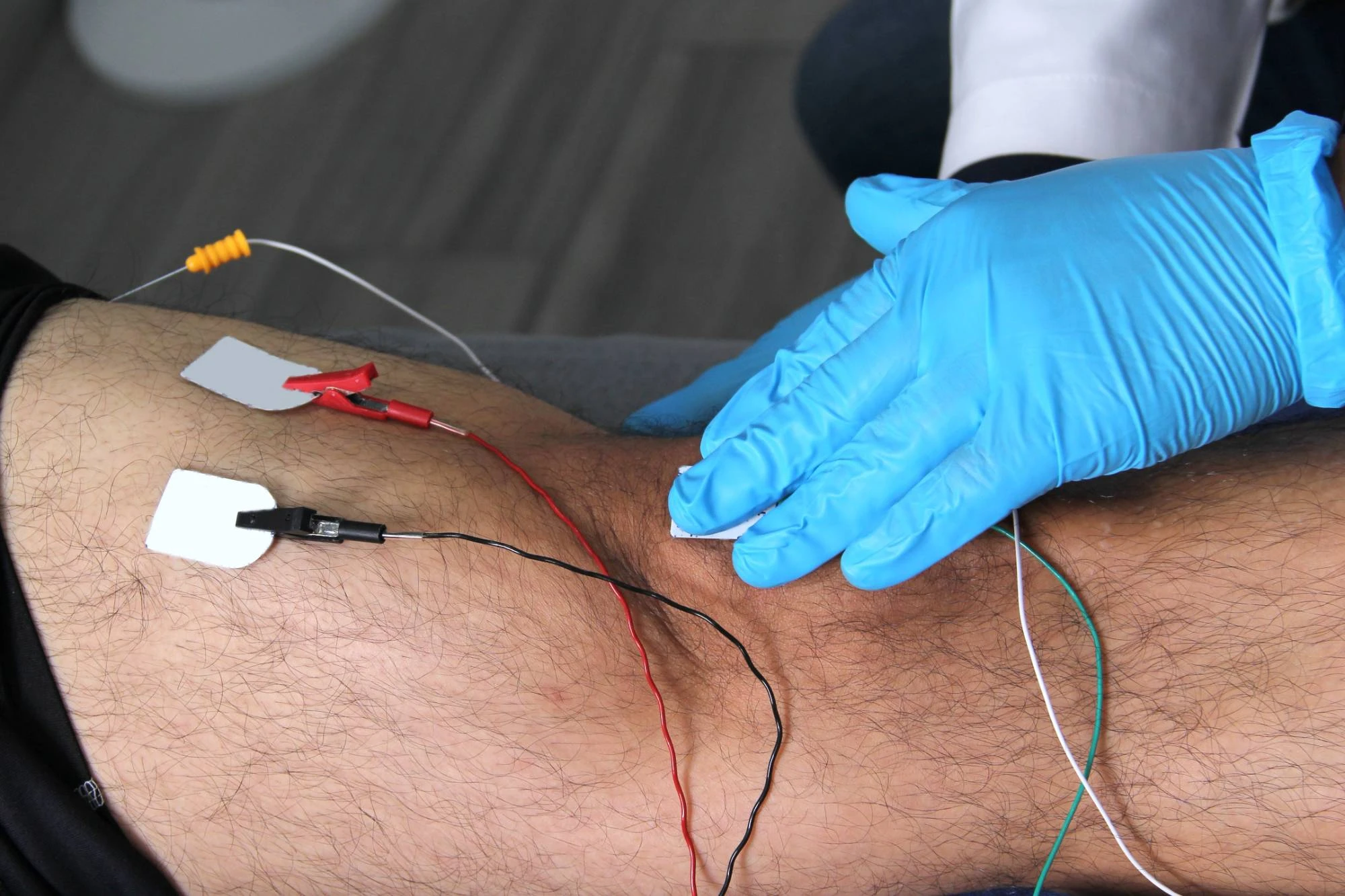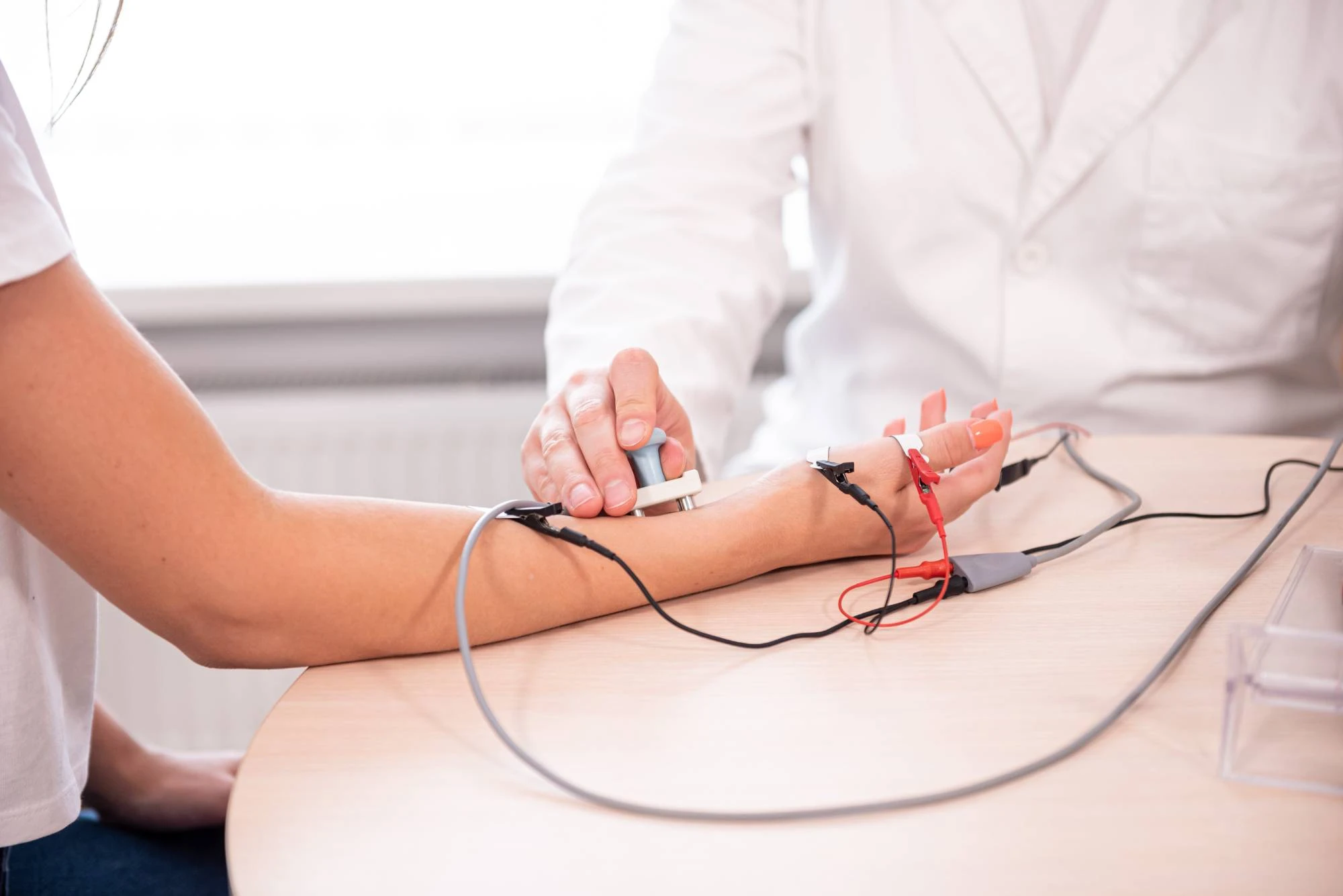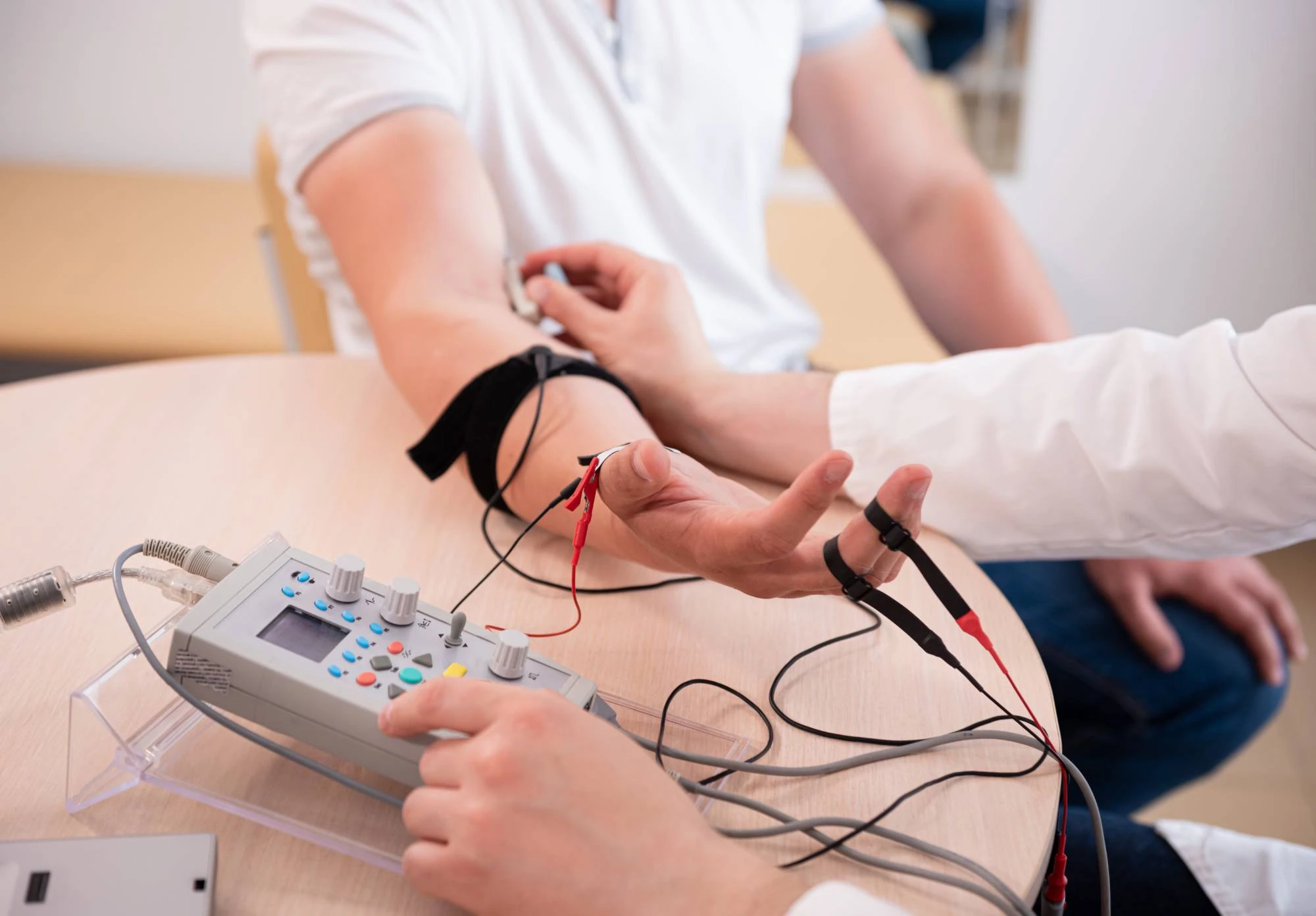Advanced electromyography testing that pinpoints exactly what’s causing your numbness, tingling, or muscle weakness.

Reviews

You’ve been dealing with symptoms long enough. That tingling in your hands, the shooting pain down your leg, or the muscle weakness that’s making simple tasks difficult – these aren’t things you should just live with.
EMG testing gives you concrete answers. Within an hour, you’ll know if you’re dealing with carpal tunnel syndrome, a pinched nerve, peripheral neuropathy, or another nerve condition. No more guessing. No more wondering if it’s all in your head.
Once you have a clear diagnosis, you can move forward with targeted treatment instead of trying random solutions that may or may not work. Most patients tell us the relief of finally knowing what’s wrong is almost as valuable as the treatment itself.
NY Spine Medicine has been serving the Port Of Miami area with specialized neurological diagnostics for years. We focus specifically on spine and nerve conditions, which means we’ve seen your symptoms before and know exactly what to look for.
We use advanced EMG equipment that provides more detailed results than older testing methods. You’re not getting rushed through a conveyor belt system – each test is performed by our specialists who take the time to explain what we’re finding as we go.
Most importantly, you’ll get your results the same day, along with a clear explanation of what they mean and what your next steps should be.

The EMG test has two parts: nerve conduction study and needle electromyography. First, small electrodes are placed on your skin to measure how well your nerves send electrical signals. You’ll feel mild electrical pulses – uncomfortable for a moment, but not painful.
Next, a thin needle electrode is inserted into specific muscles to measure their electrical activity. The needle is much thinner than what’s used for blood draws, and most people find it less uncomfortable than they expected. You’ll be asked to relax certain muscles, then contract them slightly so the equipment can measure their response.
The entire process typically takes 30 to 60 minutes depending on which nerves and muscles need testing. You can drive yourself home afterward and return to normal activities immediately. Results are available right away, and you’ll sit down with the doctor to review exactly what was found and discuss your treatment options.

Ready to get started?
Your EMG testing appointment includes both nerve conduction studies and electromyography testing in one session. We test multiple nerve pathways and muscle groups to get a complete picture of what’s happening in the affected area.
You’ll receive a detailed report that your referring doctor can use to develop your treatment plan. The results show exactly which nerves or muscles aren’t functioning properly and how severe the problem is. This information is crucial for determining whether you need physical therapy, medication, injections, or other treatments.
Many patients come in after months of uncertainty about their symptoms. The comprehensive nature of EMG testing means you’re likely to walk out with clear answers about your condition and a roadmap for getting better.

New York:
Florida:
Support